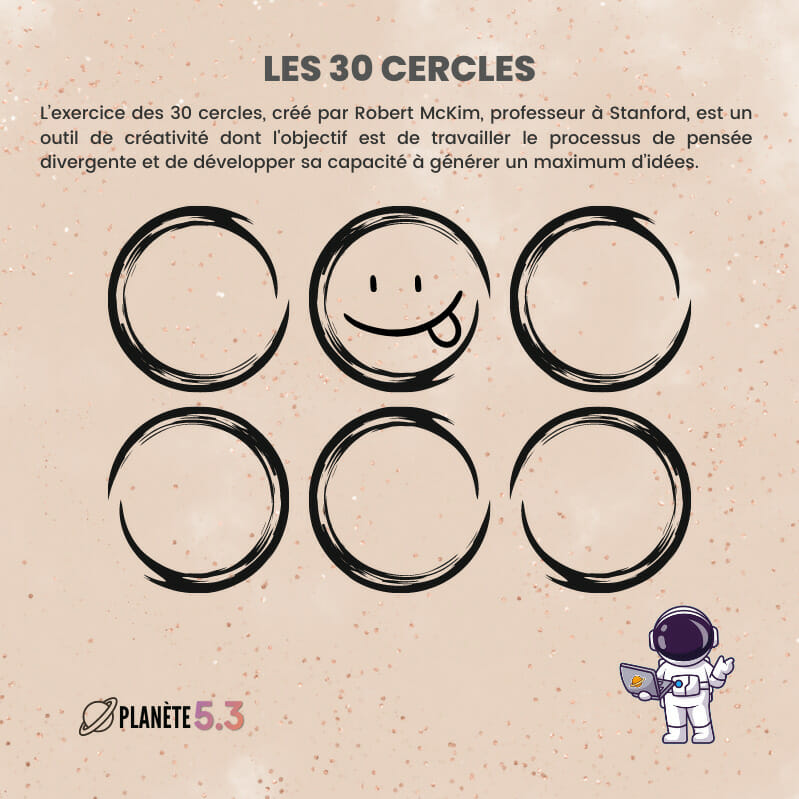And why were they dark blue in the past?

The Netherlands was the third country in the world to introduce the license plate, back in 1898. The right question is therefore perhaps not why our license plates are yellow, but why not all license plates are in that colour. The first number plate was simply the number ‘1’ and was in the name of Mr Van Dam from Groningen. The number plate with the number ‘2’ went to his brother.
That sequential numbering continued until 1906; then came the blue license plates. These consisted of a letter corresponding to a province and then a maximum of five numbers. From 1951 we switched to the number plates with the so-called side codes – this is the system we know today. The license plate sequence of ‘sidecode 1’ was ‘XX-99-99’. The first three license plate series were still dark blue.

In 1976 the color changed from dark blue to a slightly lighter blue color, and the font also changed. But from 1975 you could already make a request for a yellow license plate with black printing. That turned out to be a very popular option, which is why the Netherlands decided to switch completely to the yellow number plate in 1978. People with a blue license plate were not obliged to switch.

As of February 2000, the GAIK number plate (Controlled Issue and Collection of Number Plates) was introduced. This had a unique code and security features so that counterfeiting license plates became a lot more difficult. This license plate also got the blue part with ‘NL’ on it. If a car with an old plate went for the MOT, the plate was replaced by a GAIK plate.
Why are Dutch number plates yellow?
That is quite an interesting story. As early as 1937, Dr. RA Biegel conducted a study. She published it Report on a study on color combinations and number plate layout and concluded that yellow letters on black plates and white letters on blue plates were most visible under most conditions. The combination of black letters on a yellow plate turned out to be the most readable. Indeed – our current combination scored the worst.
Because of that research, we initially had dark blue number plates with white letters. In the 1960s, the Minister of Transport, Public Works and Water Management ordered a new study into the visibility of license plates. Both the yellow and the white number plate were clearly visible according to the investigation, but there was a major disadvantage to the white number plate.
With the white plate there was a chance of overexposure due to the reflection. This was less with yellow. But the final decision was an international treaty that indicated that a reflective white license plate on the back would be easy to confuse with approaching headlights, and therefore unsafe. Almost all other European countries do have white plates on the back, but we don’t – we just want to say it.
The conclusion
In short: why are Dutch number plates yellow? Yellow, along with white, is the color most visible on cars. But white number plates reflect too strongly, which can lead to unsafe situations. That is why the Netherlands opted for the yellow license plate with black letters.















